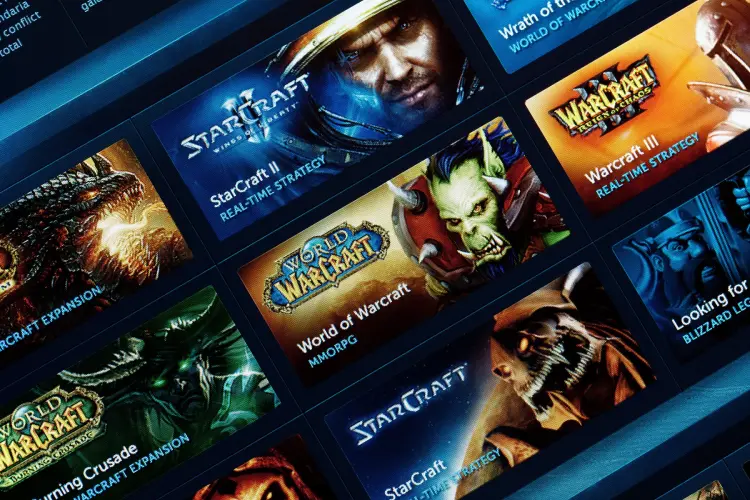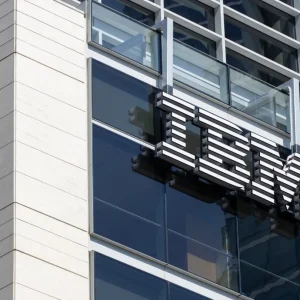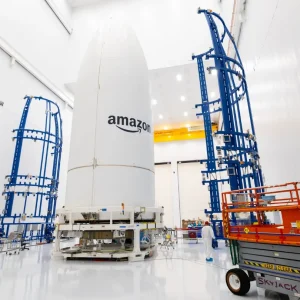
Microsoft announced the biggest acquisition in tech history on Tuesday afternoon, revealing it has agreed to pay almost $70bn for video games publisher Activision Blizzard. While the mega-deal will hand a short-term boost to the company’s Xbox gaming division, in the longer term it is a purchase which signals MSFT’s ambitions to make an impact in the nascent metaverse.
The $69.7bn all-cash purchase, equivalent to $95 per share, far exceeds Microsoft’s previous biggest acquisition, its $26bn purchase of LinkedIn in 2016. It also eclipses the previous record for a tech deal, when Dell bought EMC for $67bn seven years ago.

Activision Blizzard publishes some of the most successful titles in gaming, such as Call of Duty and World of Warcraft, as well as popular mobile games such as Candy Crush. Its titles are played by a combined 400 million active players every month, according to the deal announcement.
“Gaming is the most dynamic and exciting category in entertainment across all platforms today and will play a key role in the development of metaverse platforms,” said Microsoft CEO Satya Nadella. “We’re investing deeply in world-class content, community and the cloud to usher in a new era of gaming that puts players and creators first and makes gaming safe, inclusive and accessible to all.”
Indeed, it could be that this opportunity to get ahead of its rivals in the much-vaunted metaverse, virtual worlds where social and business interactions can take place, that persuaded Microsoft to press ahead with the deal.
Microsoft and Activision Blizzard: future-proofing MSFT?
Microsoft has been investigating expanding its gaming footprint for some time, and last year reportedly explored the possibility of buying communications app Discord, which is popular with online players, before eventually deciding against pursuing a deal. With that in mind the purchase of Activision Blizzard is “not too surprising,” says Mike Proulx, VP research director at Forrester. But, he adds, “it still came somewhat out of the blue and it’s a massive, massive deal. It helps Microsoft expand its gaming footprint and sets it up for doing things more in mobile games and also rounding off its metaverse strategy.”
Proulx says getting its hands on Activision Blizzard’s IP will have been appealing to Microsoft, but that accessing its player community is also likely to have been a key factor, giving the company a bigger foothold with Generation Z, those born between 1997-2012 who are beginning to enter the workforce.
“When we ran our consumer demographics benchmark survey last year we polled 15,000 UK adults and found that 30% of them play games in their spare time,” Proulx says. “When we cut that data just based on Gen Z, that number goes up to 54%.” So, he argues, “this deal is also a way for Microsoft to help future-proof the company.”
Microsoft’s metaverse strategy
Gaming has been at the forefront of metaverse-type experiences, with titles such as World of Warcraft and Epic Games’ Fortnite having long-provided digital worlds where players can interact with each other.
The concept is now beginning to expand beyond gaming. Facebook has been the most high-profile proponent, to the extent that it changed its company name to Meta last year to reflect its focus on the development of environments that mix the real and the virtual. Other businesses are beginning to get in on the act, and this week supermarket giant Walmart signalled its intention to enter the metaverse, filing seven patents relating to activities such as selling virtual goods and developing its own cryptocurrency.
Last May, Microsoft laid out a plan to provide an entire metaverse tech stack for customers using its Azure cloud platform including Mesh, a mixed-reality collaboration platform it is working on. Proulx says the acquisition of Activision Blizzard will allow Microsoft to add a ready-made “experience layer” to this stack. “When it comes to infrastructure component [of the metaverse], Microsoft already has systems which provide an entry point to metaverse-type experiences,” he says. “But you need the actual experience layer too, and because gaming platforms have set themselves up as the first to offer this, this deal gives Microsoft a strong foothold.”
Microsoft fleshed its plans for Mesh at its Ignite Conference in November, stating that it would be incorporated into its Teams collaboration platform in preview mode sometime in 2022. This will “combine the mixed-reality capabilities of Microsoft Mesh, which allows people in different physical locations to join collaborative and shared holographic experiences, with the productivity tools of Teams, where people can join virtual meetings, send chats, collaborate on shared documents, and more,” a Microsoft announcement said. Business users will initially be able to choose from several pre-set virtual worlds, but will eventually be able to build their own customised environments.
“Microsoft is now holding a number of important cards in the developing metaverse: back-end infrastructure, devices, and now an experience platform,” Proulx adds. “It now has big footprints on both the enterprise and, potentially, consumer sides.”






